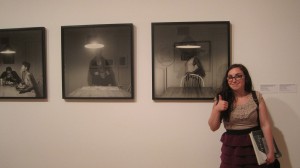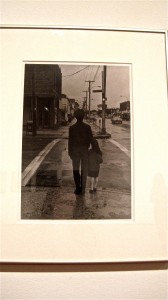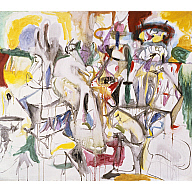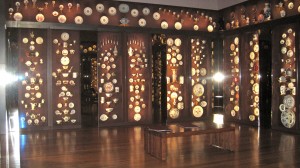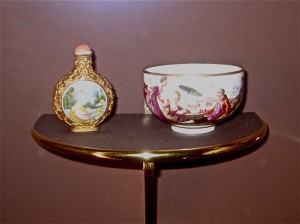This book played a major roll in the project that I had set out to make.
This is pretty much a manual on how to really “write” a story that will be told via a non-fiction media like a documentary film. Writing and story creation are so important when it comes to a documentary film, even more than I had origanally thought. This book pushed me to look deep at the ideas and notions I was trying to present. To not just think of the astetic and beautiful shots that I would go and get, but to look at story.
Story is the most important part of any film. It is what drives it. No matter the documentary thier is a sence of story. Wheter the story is told to you directly by the filmaker, through narration, or it is something you watch unfold and play out on screen. These stories had to have a initial concept. The filmakers needed to know before hand what the story was and wheter it would be interesting enough for people to watch.
While writing is very important some filmakers do get lucky and something unexpected really does play out right infront ouf thier lens and they are able to capture it. This thing may be so unexpected that it changes the entire direction of the story and a new story must be created. These things make for some of the most captivating documentaries that you can see.
Although luck can make a documentary great so can story. When you “write” a story for documentary film you are not writing a word for word script. You are more or less planning for shots, locations, and casting that will tell the story for you. Whether it be 30 day mcdonalds binge or the story of the national spelling bee. The people you cast to interview or not interview can create the story.
This makes the creative medium of documentary filmmaking a little different than just following people around with a camera. As I learned the majority of filmaking takes place without a camera in your hands. Planning, storyboarding, and casting. Casting being the most important.
This book was to me a savior of a manual and helped to drive my creation of this film.

